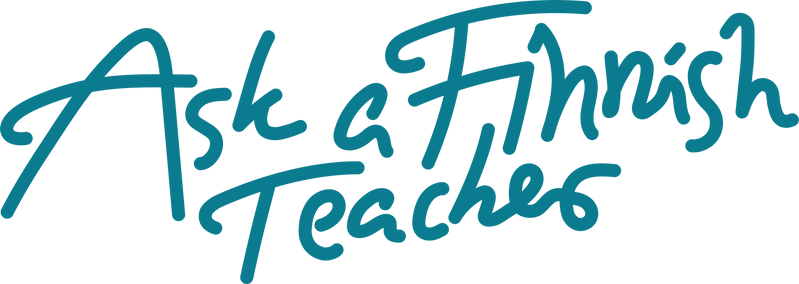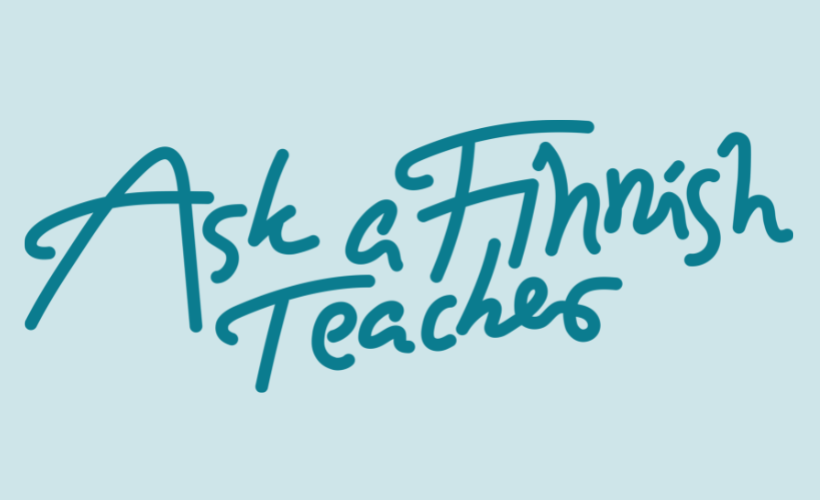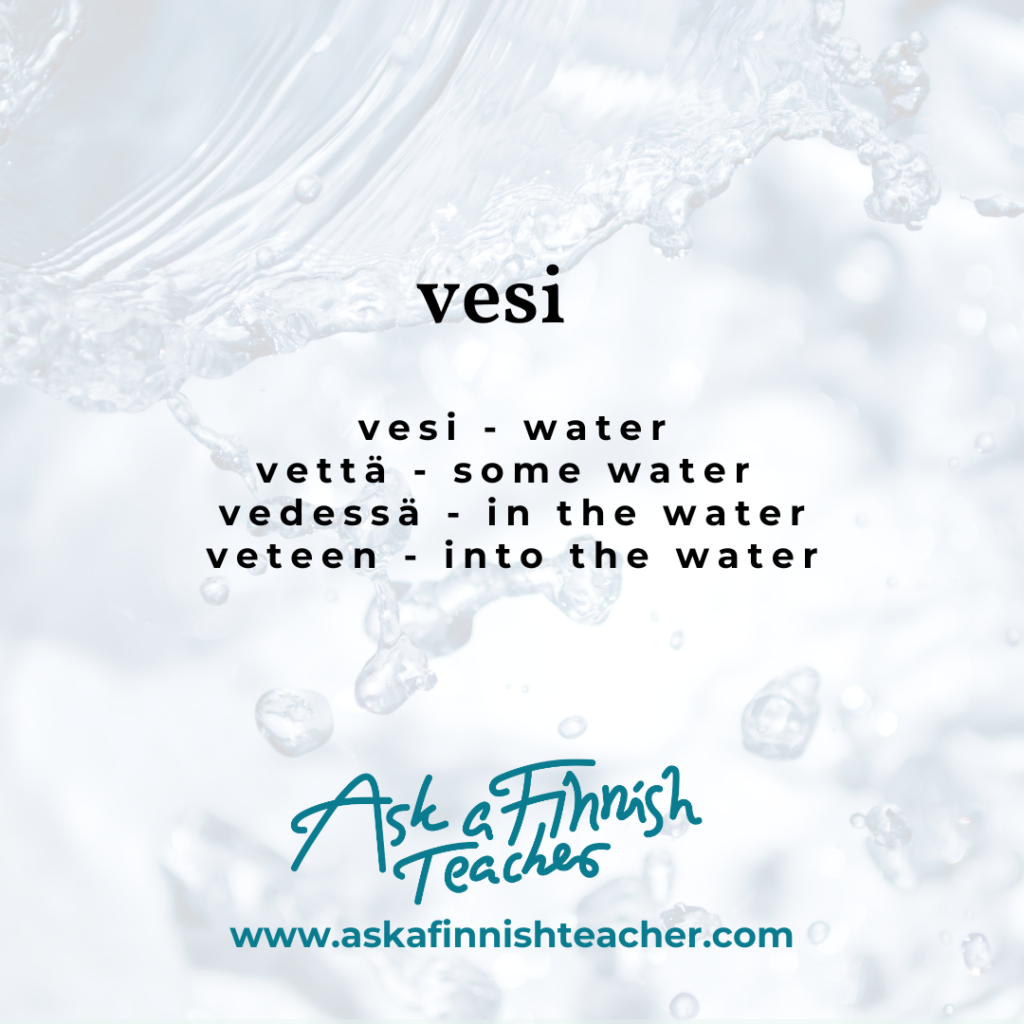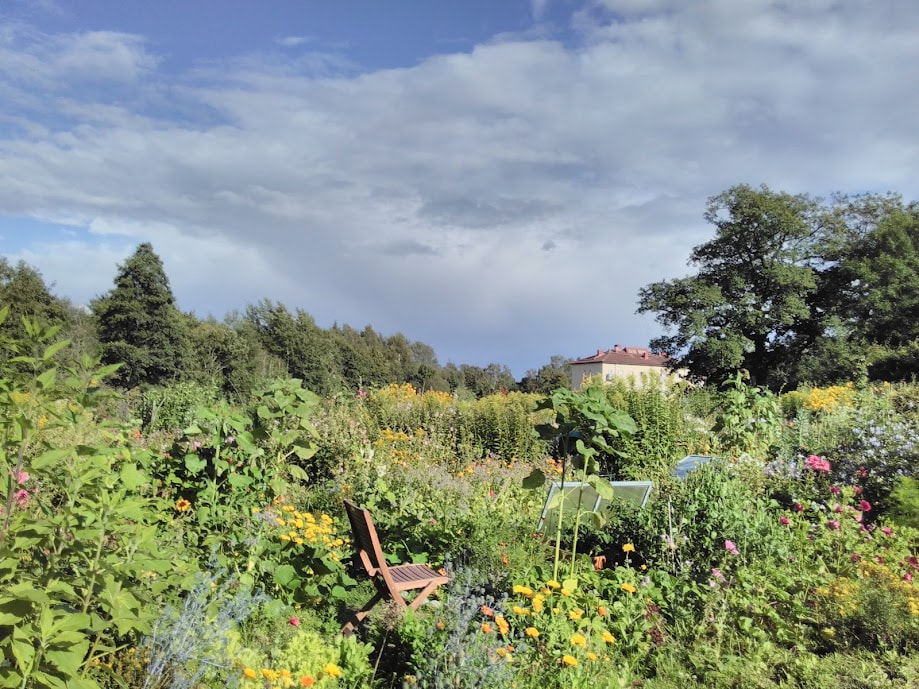Update 14.3.2025: This post is about my small group YKI courses, which I haven’t been able to teach in quite some time. I still hope that I’ll be able to resume them at some point! Here are all of my upcoming courses.
N asks:
Hi!
Just a few questions. How is your teaching focus on yki testi?
I enrolled in another course and because we are 16 not all are given time to speak up.
Also most of materials are also from free resources which can be easily find online.
Thank you
Hi N!
Thanks for your message and great questions!
The main focus in Steps towards YKI is on speaking and writing, and especially on personal feedback for both. Each week, there’s a YKI style speaking task (that you record and send to me) and writing task that I give you personal feedback on. At the end of the course you also do a YKI style test in speaking and writing that I call the mini-YKI, which I assess as if you were taking the actual test, so using the YKI speaking and writing criteria and YKI levels (less than 3, 3 and 4).
We meet on Zoom for an hour each week. Most of the hour is spent in breakout rooms practicing speaking with your peers (3-4 people) exactly for the reason you mention – a group discussion of 12 people would not allow for a lot of speaking time per person, and also it can be intimidating for many of us to speak up in such a big group (I know it would be for me, and I’m quite extroverted). I visit each room for personal guidance, but the amount of personal guidance during the lesson itself is of course very limited. However, the group is a maximum of 12, so that does still allow for personal contact and guidance.
Then there’s reading comprehension and listening comprehension, the materials for which are a combination of my own and freely available online resources, like Gimara’s materials and Yle’s YKItreenit. However, I find there’s also a lot of value in having a professional teacher telling you which of the free resources to use each week, and also how to use them to your best advantage. The same goes for grammar, where I also supplement my own materials with freely available online ones. The proportion of how much of my own materials vs. freely available ones are used varies depending on the course, but I’d say on average 2/3 of all materials are my own and 1/3 is freely available. Especially listening comprehension exercises are often from free resources, as creating good quality YKI style listening comprehension exercises takes quite a lot of work. I do make some of those as well, but less than I’d like to if time and energy were unlimited.
I’m also available for any questions you might have between meeting during the entire duration of the course, and having a group of peers around also provides structure and support.
So, in short, the focus in Steps towards YKI is on speaking and writing and personal feedback for those, as well as personal support between lessons. The course includes quite a lot of independent work, as the homework is about 2/3 of the coursework altogether, depending on the student of course.







